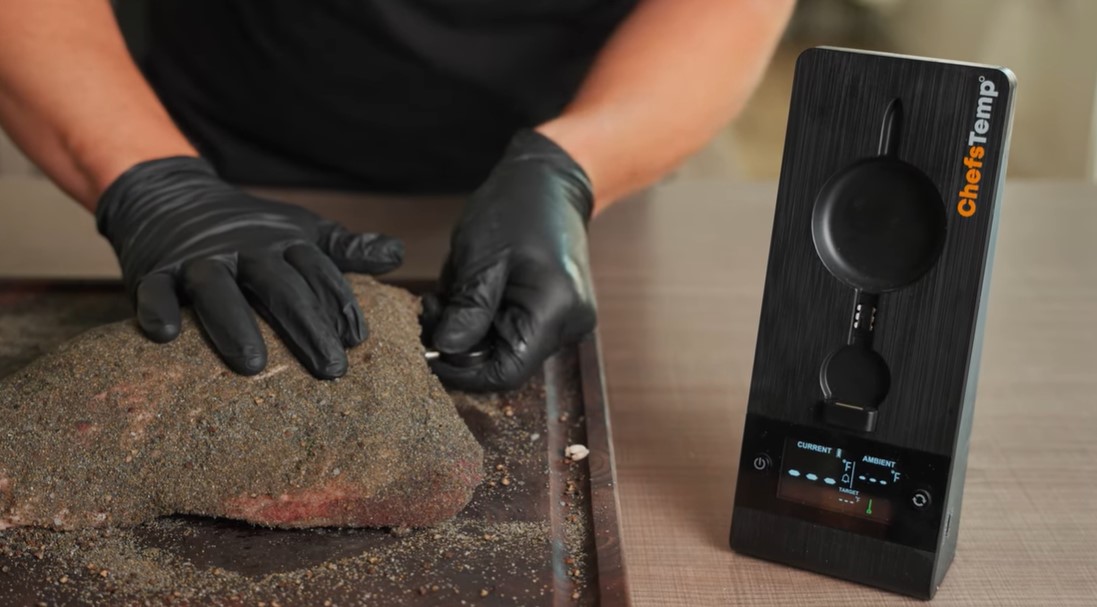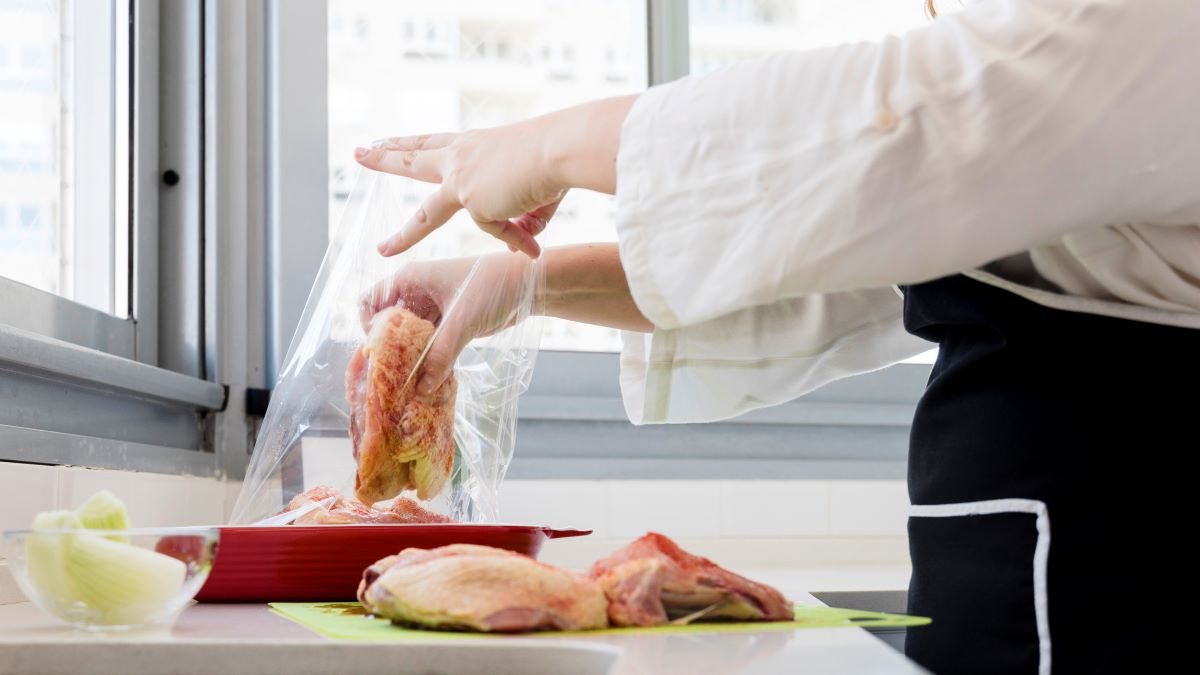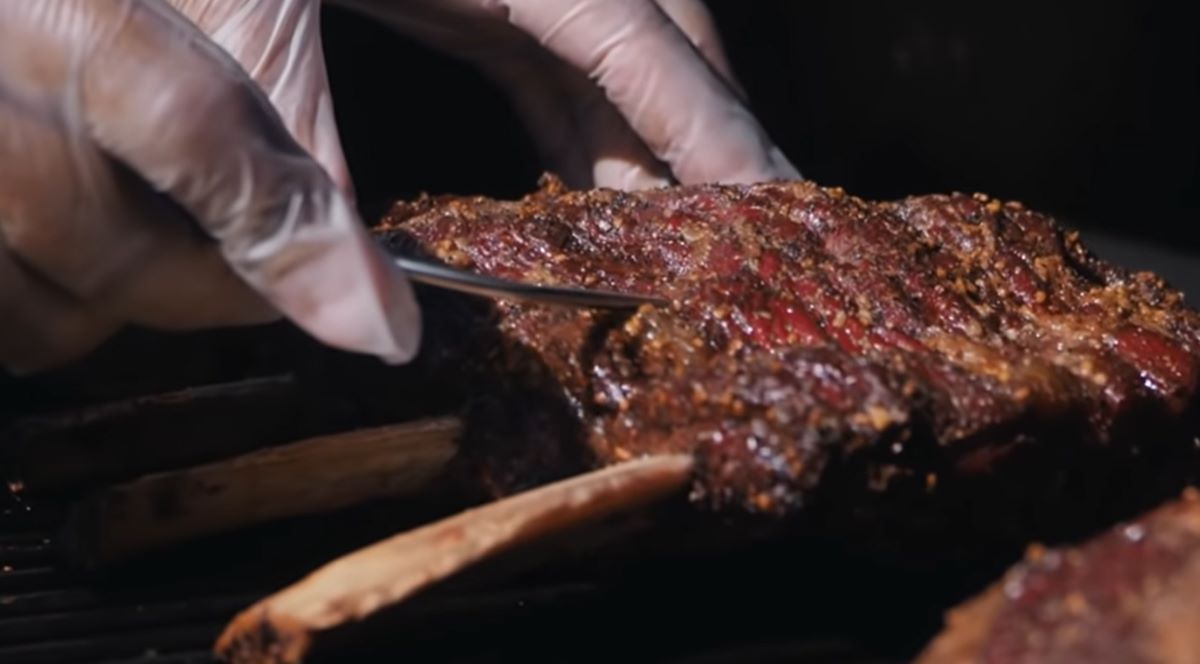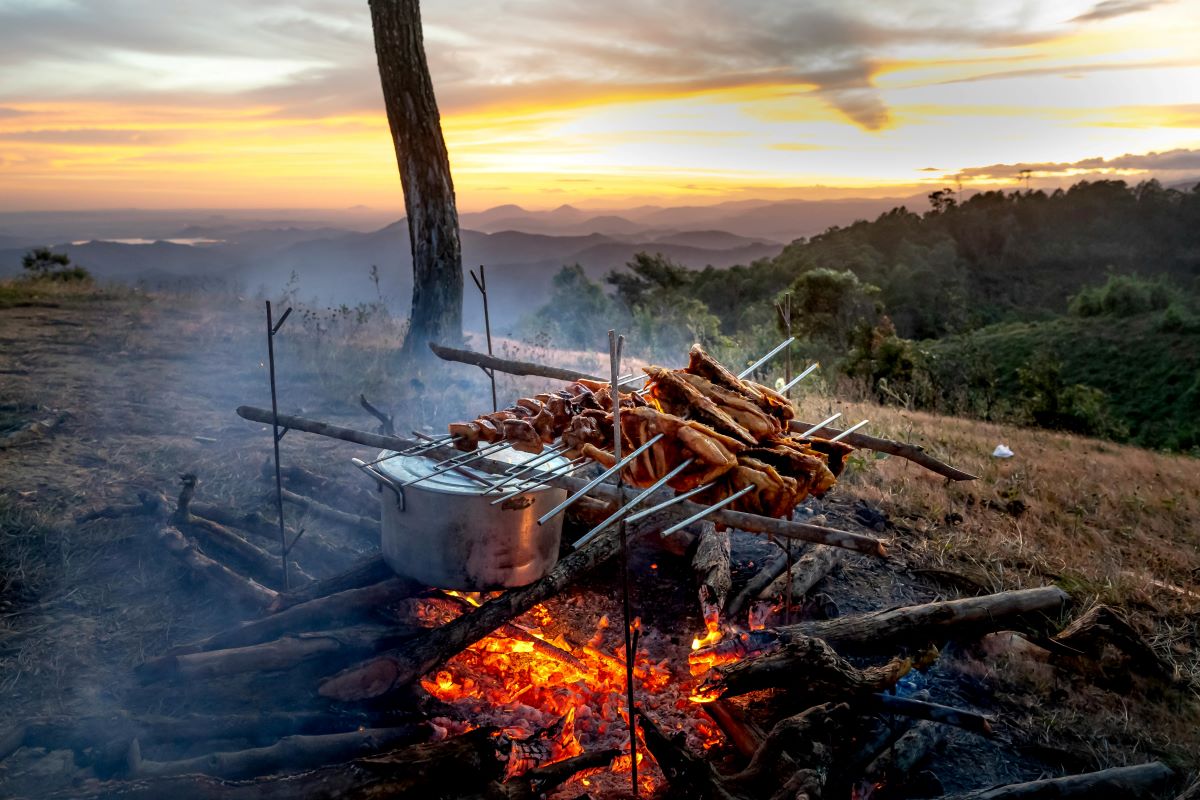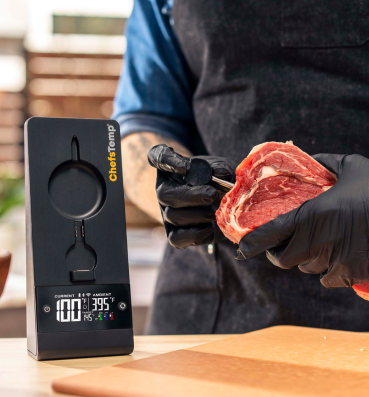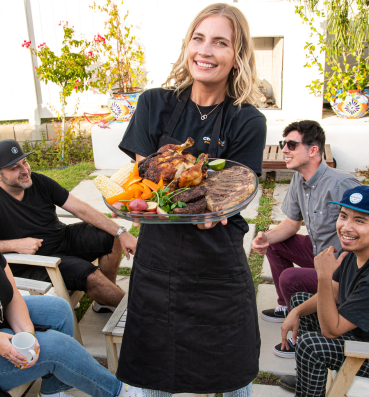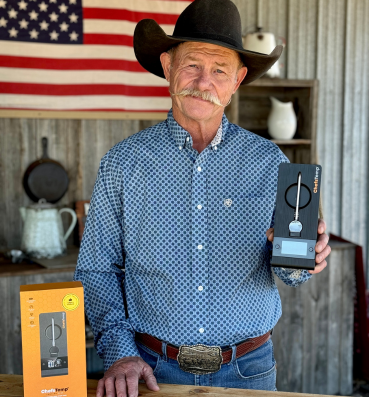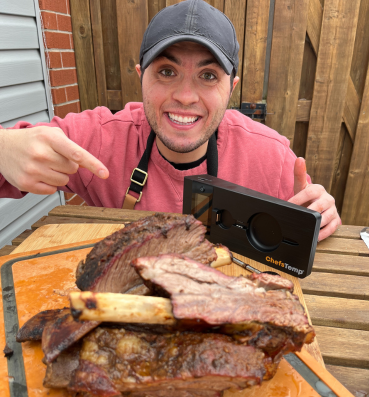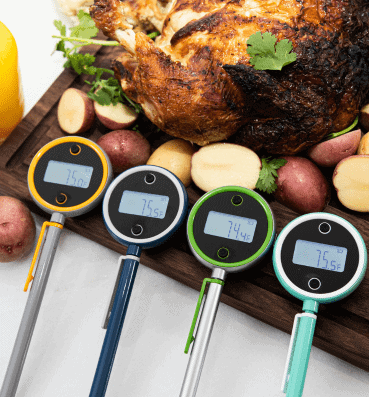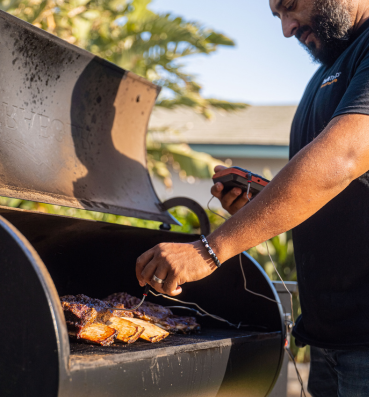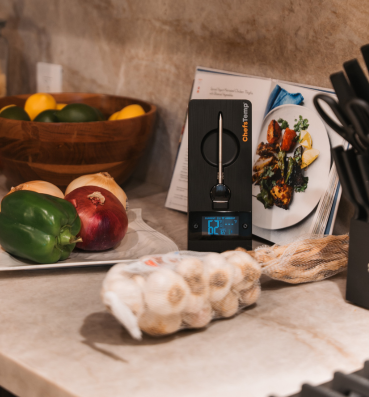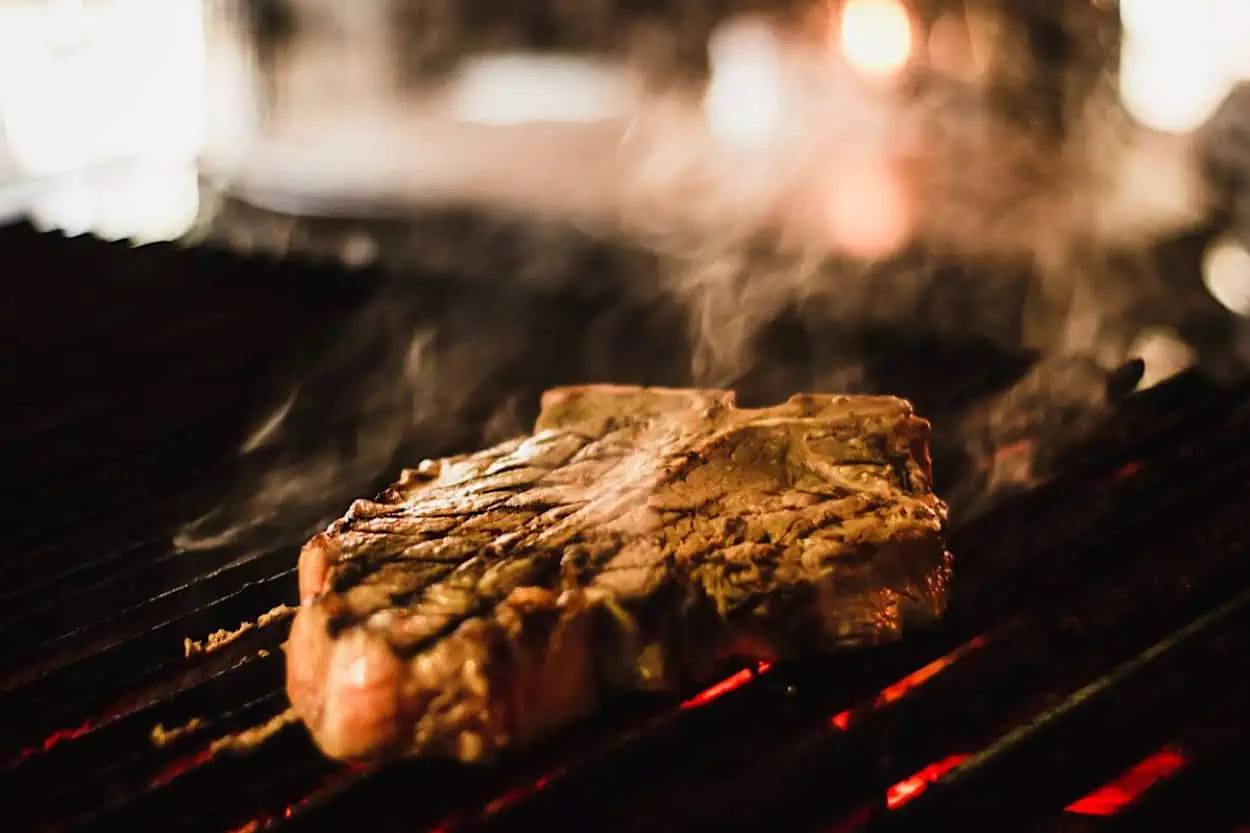
When to Use High Temperature Cooking and Essential Tips
Learning how to control the temperature when cooking is one of the essential skills that every skilled cook should possess. However, proper temperature control is more than just learning how to cook. It is also crucial for food safety and the health of those who consume it. This guide explores the techniques and effects of high temperature cooking.
Table of Contents
What is High Heat Cooking?
The definition of high temperature cooking is anything that involves a temperature between 400 F (205 C) to 600 F (315 C). This temperature allows liquid to evaporate and achieve a thick texture. It is also ideal for sauteing vegetables to retain their freshness and crispiness. And finally, it is the ideal temperature for searing meat (and reverse-searing).
If you want to cook food all the way through, you need medium and low heat. Low heat cooking is ideal for breaking down hard food (like meat) and excreting as much flavor as possible. Smoking meat is one example of a low heat cooking technique.
Medium heat cooking is when you must ensure that meat and other types of food are cooked through. It is any cooking between 300 F (150 C) and 400 F (205 C).
When to Use High Temperature Cooking?
It is not recommended to always cook at a high temperature. Specific cooking techniques require high heat, but you will discover the potential health risks of constantly using high heat later.
Cooking with high heat is essential for sauteed vegetables, simmering liquids, and browning meat. In addition, you can use high temperatures when reducing a sauce or gravy. However, it is only suited for those specified cooking processes. Always use the medium heat setting for cooking the food all the way through. Meanwhile, use the low heat setting if you want your food to become soft and tender.
Remember only to use a high temperature cooking for the instances specified above. If you always cook with high heat, the meat you’re cooking could be burnt on the outside but raw in the middle.
The high heat setting is used only for short bursts, typically at the start or the end of your cooking. The purpose of high temperature cooking is to activate the Maillard reaction. It is a chemical reaction that occurs when you hit 285 degrees F (140 degrees C) when cooking. You can maintain this chemical reaction between the temperature of 285 F (140 C) to 320 F (160 C).
But why would you want to trigger the Maillard reaction? It is when the amino acids and sugars react in your food. This interaction enhances the aroma- and flavor-enhancing molecules in the food. It explains why you need to sear the steak before you put it in the oven. It adds depth to the flavor you wouldn’t have achieved otherwise.
There is no reason to villainize high temperature cooking. It has its place in the kitchen, especially if you want to expand your repertoire as a cook. However, you should know when to use high heat cooking to achieve the best quality cooking results. It should never be your primary cooking technique because there are also risks involved that you should consider.

Tips and Best Practices
It’s no secret that getting the temperature right is the first step to high-quality cooking results. Even if you slightly overcook or undercook your food, you’ve ruined the entire dish.
One particular cooking technique that even experienced cooks tend to overlook is working with high heat and temperature. Here are some tips for mastering the high temperature cooking technique:
- Set your cooking temperature to 400 F (205 C) or hotter.
- When cooking with high heat, do not exceed the recommended cooking time.
- Always use a thermometer to ensure you neither overcook nor undercook your food.
- Follow proper storage procedures for leftovers to ensure they are safe to consume (that also goes for the reheating process).
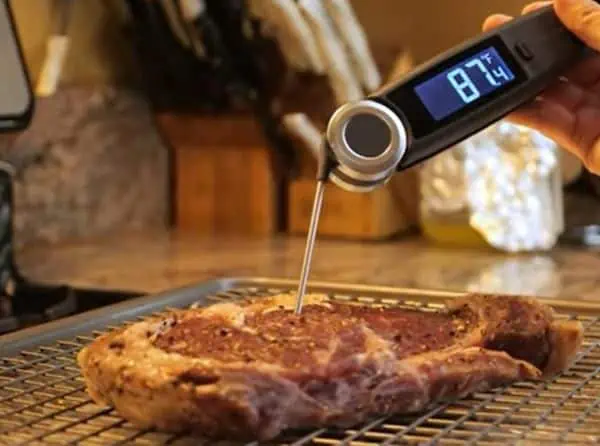
Risks When Cooking with High Temperature
High heat cooking has its place in the kitchen. But health experts advise against using this technique too often as it could bring about certain health risks. For example, a research study by the Mt. Sinai School of Medicine in New York concluded that using high temperatures when cooking (frying, sauteing, or grilling) can boost the production of inflammation-causing agents in the body, known as glycotoxins.
While they are essential to the body’s metabolic process, glycotoxins can lead to various inflammatory diseases. Many foods, such as raw meat, already contain inflammatory agents, but the cooking process using high heat can cause more production of these inflammatory agents. Therefore, when there are too many of these glycotoxins, it can lead to various inflammatory health problems.
Aside from potential inflammation, high temperature cooking can also put you at risk of heart disease. The prevalence of heart diseases among South Asian nations is linked to their love of deep frying and other high heat cooking methods. It also provides an insight into the damaging effects on food of cooking at high temperatures, specifically in the release of trans fatty acids and other toxins. However, the research on this reiterates that the increased risk of heart disease is only a link and is not a direct cause of high heat cooking. Other factors could also contribute to the prevalence of heart disease among South Asians.
Lastly, research studies claim that high temperature cooking can contribute to the likelihood of developing certain types of cancer. According to the National Cancer Institute, cooking food (specifically meat) at a high temperature can promote a chemical reaction that puts one at risk of cancer. But like the link of high heat cooking to heart disease among South Asians, more research should be done to confirm if this cooking method contributes to cancer or if other factors are at play here.
The Bottom Line
It’s not recommended that you always employ the high temperature cooking technique. However, specific dishes require this technique, which is why you should master this skill. Avoid high heat temperatures for all types of cooking, apart from these specific few, as it could entail certain health risks, just as you must avoid the food hitting the temperature danger zone.
Discover more recipes and learn kitchen tricks by joining our cooking family on Facebook.
Shop now for products used in this post:
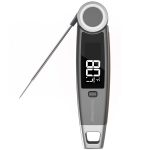
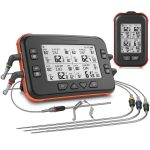
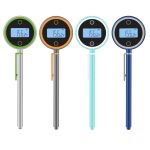
You may also like:
